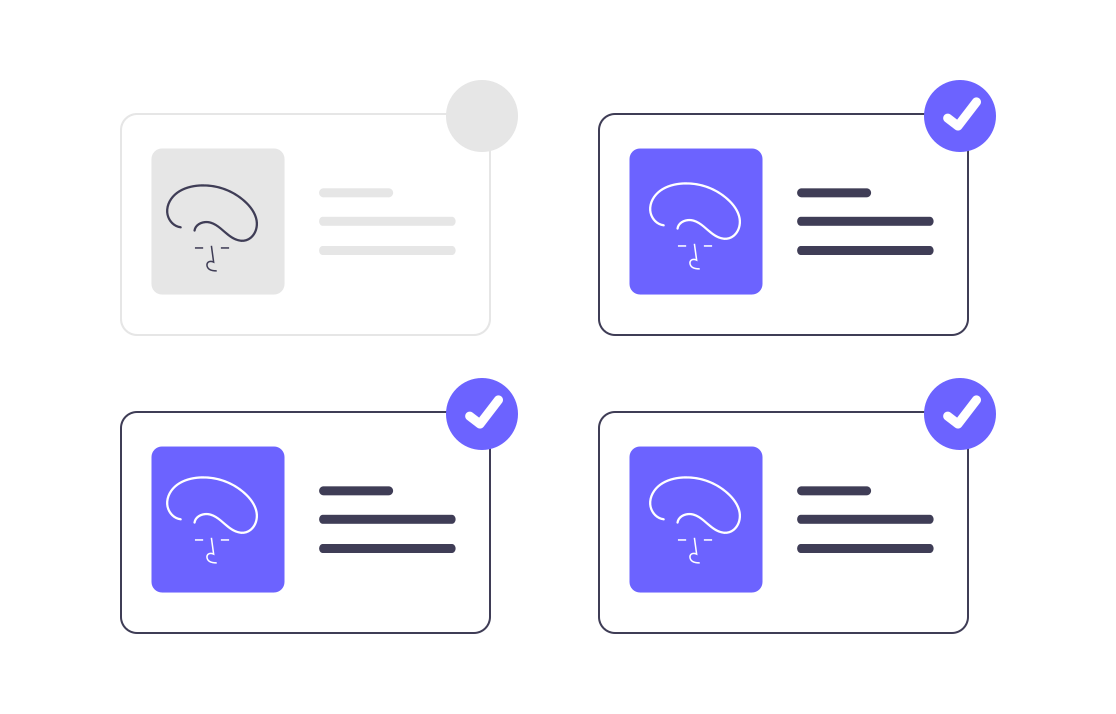Account-Based Marketing (ABM) has revolutionized the way businesses approach B2B marketing, focusing on high-value accounts rather than casting a wide net. One of the critical aspects of successful ABM is the precise identification of key accounts that show a higher likelihood of converting into loyal customers. Behavioral segmentation is a powerful technique that enables marketers to achieve this precision by analyzing the actions and behaviors of potential and existing accounts. This blog explores how to leverage behavioral segmentation to identify key accounts and enhance your ABM strategy.
Understanding Behavioral Segmentation
Behavioral segmentation involves categorizing accounts based on their interactions with your brand, including website visits, content consumption, email engagement, and social media interactions. Unlike demographic or firmographic segmentation, which focuses on static characteristics, behavioral segmentation provides dynamic insights into how accounts engage with your brand over time.
Why Behavioral Segmentation is Crucial in ABM
-
Enhanced Targeting: By understanding the behaviors of different accounts, marketers can tailor their messaging and content to address the specific needs and interests of each segment, leading to more personalized and relevant interactions.
-
Improved Engagement: Accounts are more likely to engage with content that resonates with their current needs and interests. Behavioral segmentation allows marketers to identify what stage of the buyer’s journey an account is in and provide content that moves them closer to conversion.
-
Higher Conversion Rates: Personalized marketing efforts result in higher conversion rates. By targeting accounts based on their behavior, marketers can deliver the right message at the right time, significantly increasing the chances of conversion.
-
Resource Optimization: ABM strategies often require significant investment in terms of time and resources. Behavioral segmentation helps ensure that these resources are directed towards accounts that are most likely to convert, optimizing marketing ROI.
Key Behavioral Segmentation Strategies for ABM
-
Website Behavior Analysis: Track which pages are visited, the time spent on each page, and the navigation path taken by visitors. Accounts spending considerable time on product pages or pricing sections may be closer to making a purchase decision.
-
Content Interaction: Monitor the type of content consumed by accounts, such as blogs, whitepapers, case studies, and webinars. This can indicate their interests and pain points, guiding the creation of targeted content strategies.
-
Email Engagement: Analyze email open rates, click-through rates, and responses. High engagement with your email campaigns can signal an account’s interest in your offerings and readiness to move forward in the buying process.
-
Social Media Activity: Observe interactions with your brand on social media platforms, including likes, shares, comments, and direct messages. Social engagement can provide insights into account sentiment and interest levels.
-
Event Participation: Track attendance and engagement in webinars, virtual events, and in-person conferences. Accounts that actively participate in your events are demonstrating a clear interest in your solutions.
Implementing Behavioral Segmentation in ABM
-
Data Collection and Integration: Use marketing automation platforms and CRM systems to collect behavioral data from various touchpoints. Integrating this data provides a comprehensive view of account behaviors across multiple channels.
-
Behavioral Scoring: Assign scores to different behaviors based on their importance in the buying process. For instance, a webinar attendance might score higher than a blog visit. Aggregate these scores to identify high-potential accounts.
-
Segment Creation: Create segments based on similar behaviors. For example, one segment could include accounts frequently engaging with product-related content, while another could consist of accounts showing high social media activity.
-
Personalized Campaigns: Develop and deploy personalized marketing campaigns for each segment. Tailor your messaging, content, and offers to address the specific needs and behaviors of each group.
-
Continuous Monitoring and Optimization: Continuously monitor the performance of your segmented campaigns. Use analytics to track engagement, conversions, and ROI, and refine your strategies based on these insights.


